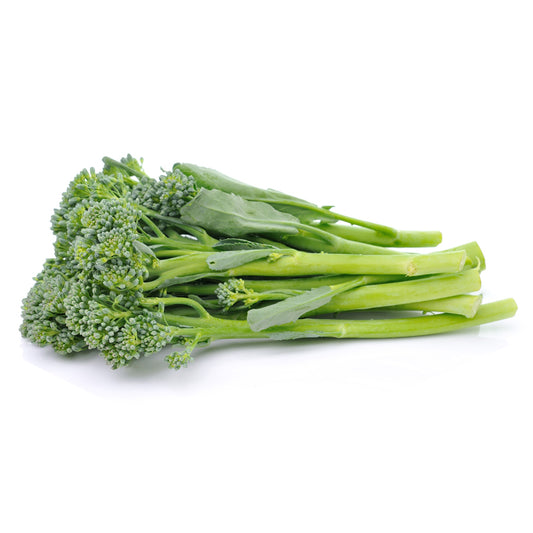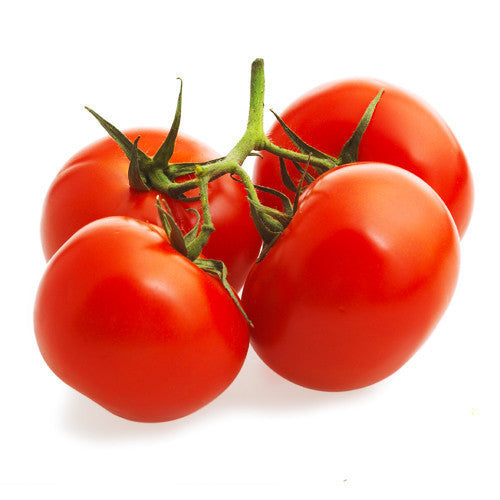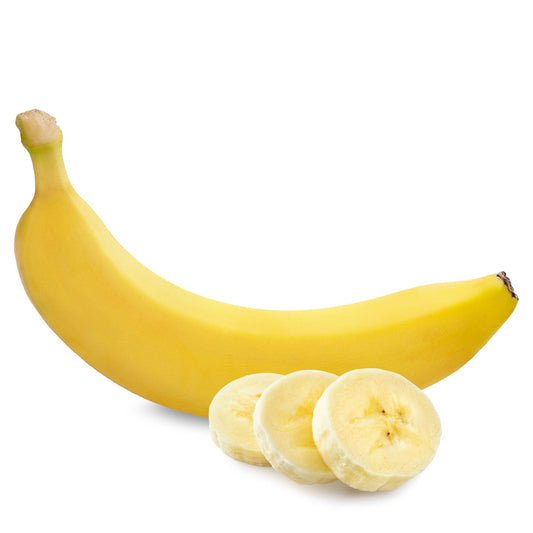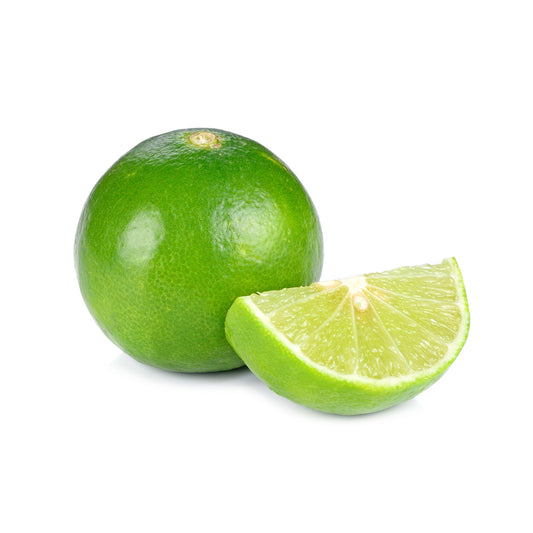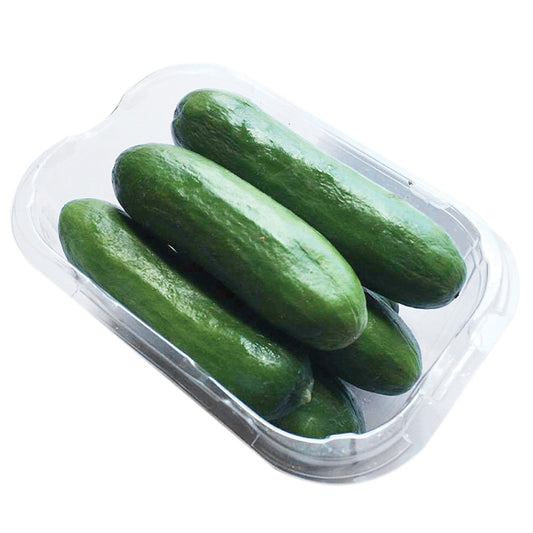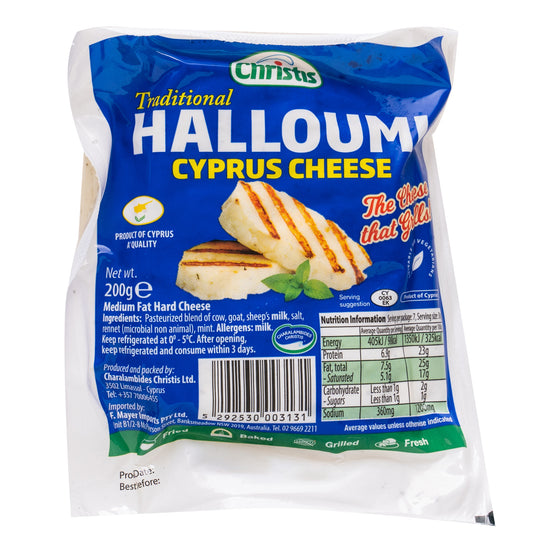
Figs are probably my favourite fruit. The most common variety is the Black Genoa and that is what we are selling right now. Other varieties come a little later in the season. From mid-December to mid-January, we have the Breba or some call it Breva crop - that is the first crop that grows on last year's wood. These are big fruit, not so tasty. Now we are harvesting the second crop which are smaller and tastier... the best of the year. From early February to mid or late March they are superb. Some parts of the country harvest through to late May. This fruit is good for cooking but will never match the late summer fruit. We sell premium loose figs, and punnets . A constant worry for us as retailers is that the figs we sell MUST be ripe and soft as figs once harvested do not ripen any more. Hence, they only have a few days life at most if you want the best eating fruit. They are wonderful on cereal or with grapes and berries for breakfast, fabulous in salads and make wonderful entrees and desserts. I love them just to snack on as well.
Figs are bell-shaped with slightly wrinkled, leathery edible skin. They have high sugar content, putting them among the sweetest of fruit Figs contain small amounts of potassium, magnesium, calcium and vitamin B6, while the many small edible seeds and edible skin means high fibre content. The red-purple skin indicates levels of protective antioxidant phytochemicals. Read: What makes figs a fantastic dietary choice?
HOW TO PICK
Select figs that are dry, clean and with thin, undamaged skin. The skin colour makes little difference to its taste as it doesn't ripen once picked. Figs should be soft and yielding when gently squeezed, but still hold their shape. They are very delicate so be really careful not to squash them.
HOW TO STORE
We recommend consuming figs as they are bought but if you're not using them straight away, you may store them in a bag in the coldest part of the fridge for up to two days. Chilling can affect the flavour so do not forget to serve figs at room temperature.


